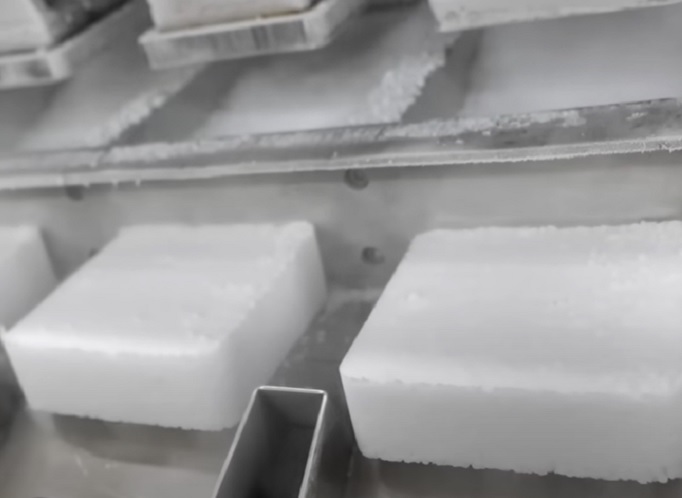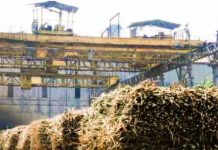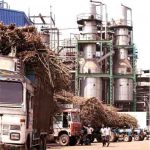In a move that can help to increase revenue, experts urging sugar mills to explore the potential of dry ice production. Dry ice (solid carbon dioxide) offers various benefits, including preservation, transportation, cleaning, and safety. Dry ice production is a sustainable way to use the CO2 that is captured from ethanol production facilities. It also provides a way to reduce the reliance on fossil fuels, as dry ice can be used to clean and preserve products without the use of electricity or other energy sources.
Ethanol production leads to substantial CO2 emissions, resulting in environmental concerns. To address this, regulatory bodies, such as the Pollution Control Board, require the installation of CO2 recovery plants in all ethanol facilities. These plants capture and refine CO2 emitted during fermentation. However, the market for CO2 gas remains limited. So, experts believe, making dry ice from the CO2, could be a good solution.
Dilip Patil, the Managing Director of Karmayogi Ankushrao Tope Samarth SSK Ltd. Jalna, sheds light on dry ice production. He said, “The adoption of dry ice production in the sugar industry is growing, but it is still relatively low. More and more sugar mills are recognizing the potential benefits of using dry ice to clean and preserve their products, and they are investing in dry ice production units.”
Dry ice cleaning can be used to clean heat exchangers, tubes, and vessels, improving energy efficiency and saving money on maintenance costs. It can also be used to clean electrical panels and motors without the risk of damaging them.
The main challenges in the process of dry ice production include the need for specialized equipment, the requirement for trained personnel, and the cost of liquid CO2. The cost of establishing a dry ice production unit vary depending on the size and capacity of the unit. A small-scale unit with a capacity of 1-5 tons per day can be established for around Rs. 2 to 3.50 crores.
Government has set the target of 20 per cent ethanol blending with petrol and to achieve the same country would need 10.20 billion litres of ethanol. India is moving in the same direction by rapidly increasing the biofuel production.












